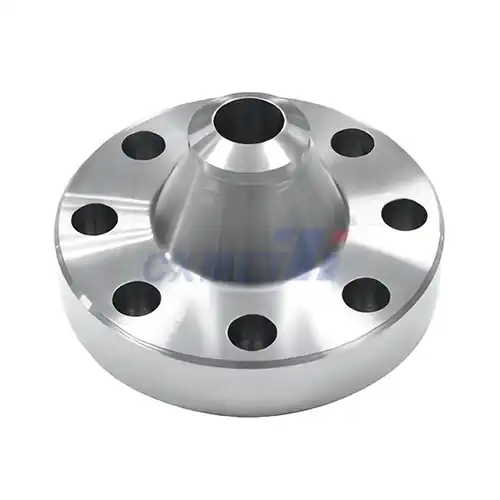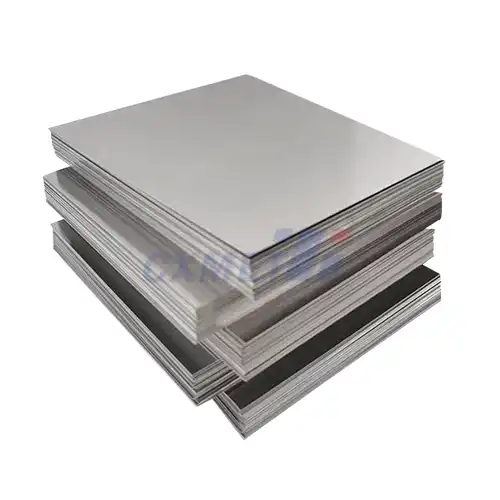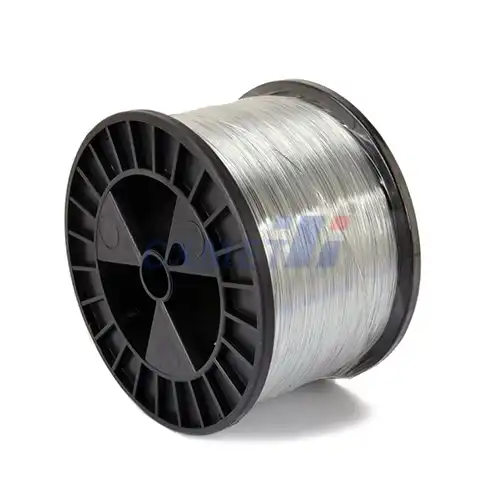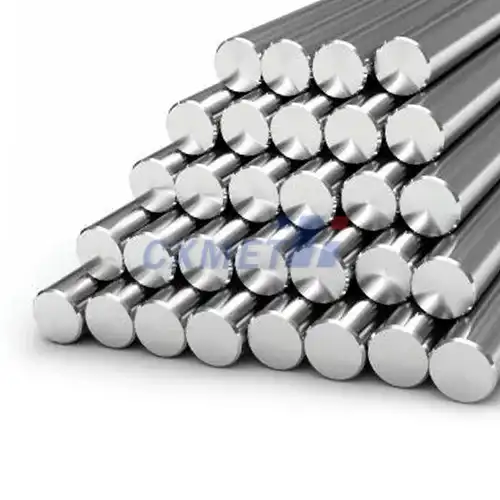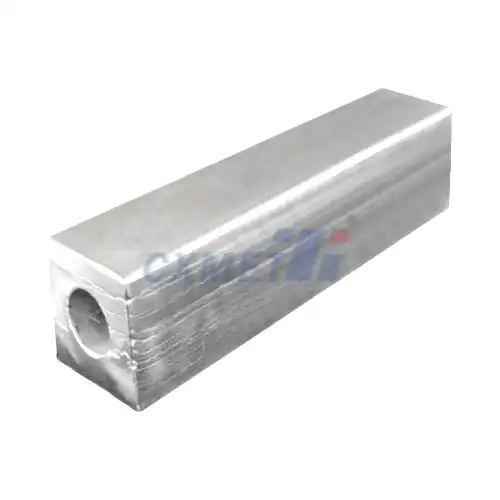- English
- French
- German
- Portuguese
- Spanish
- Russian
- Japanese
- Korean
- Arabic
- Greek
- German
- Turkish
- Italian
- Danish
- Romanian
- Indonesian
- Czech
- Afrikaans
- Swedish
- Polish
- Basque
- Catalan
- Esperanto
- Hindi
- Lao
- Albanian
- Amharic
- Armenian
- Azerbaijani
- Belarusian
- Bengali
- Bosnian
- Bulgarian
- Cebuano
- Chichewa
- Corsican
- Croatian
- Dutch
- Estonian
- Filipino
- Finnish
- Frisian
- Galician
- Georgian
- Gujarati
- Haitian
- Hausa
- Hawaiian
- Hebrew
- Hmong
- Hungarian
- Icelandic
- Igbo
- Javanese
- Kannada
- Kazakh
- Khmer
- Kurdish
- Kyrgyz
- Latin
- Latvian
- Lithuanian
- Luxembou..
- Macedonian
- Malagasy
- Malay
- Malayalam
- Maltese
- Maori
- Marathi
- Mongolian
- Burmese
- Nepali
- Norwegian
- Pashto
- Persian
- Punjabi
- Serbian
- Sesotho
- Sinhala
- Slovak
- Slovenian
- Somali
- Samoan
- Scots Gaelic
- Shona
- Sindhi
- Sundanese
- Swahili
- Tajik
- Tamil
- Telugu
- Thai
- Ukrainian
- Urdu
- Uzbek
- Vietnamese
- Welsh
- Xhosa
- Yiddish
- Yoruba
- Zulu
What Are The Chemical Composition Requirements For Titanium Tubes Specified In ASTM B338?
2025-01-06 15:05:34
ASTM B338 titanium tube is a standard specification for seamless and welded titanium and titanium alloy tubes for condensers and heat exchangers. This specification outlines the chemical composition requirements for various grades of titanium tubes, ensuring their quality and performance in demanding applications. Understanding these requirements is crucial for manufacturers, engineers, and end-users working with titanium tubes in industries such as aerospace, chemical processing, and energy production.
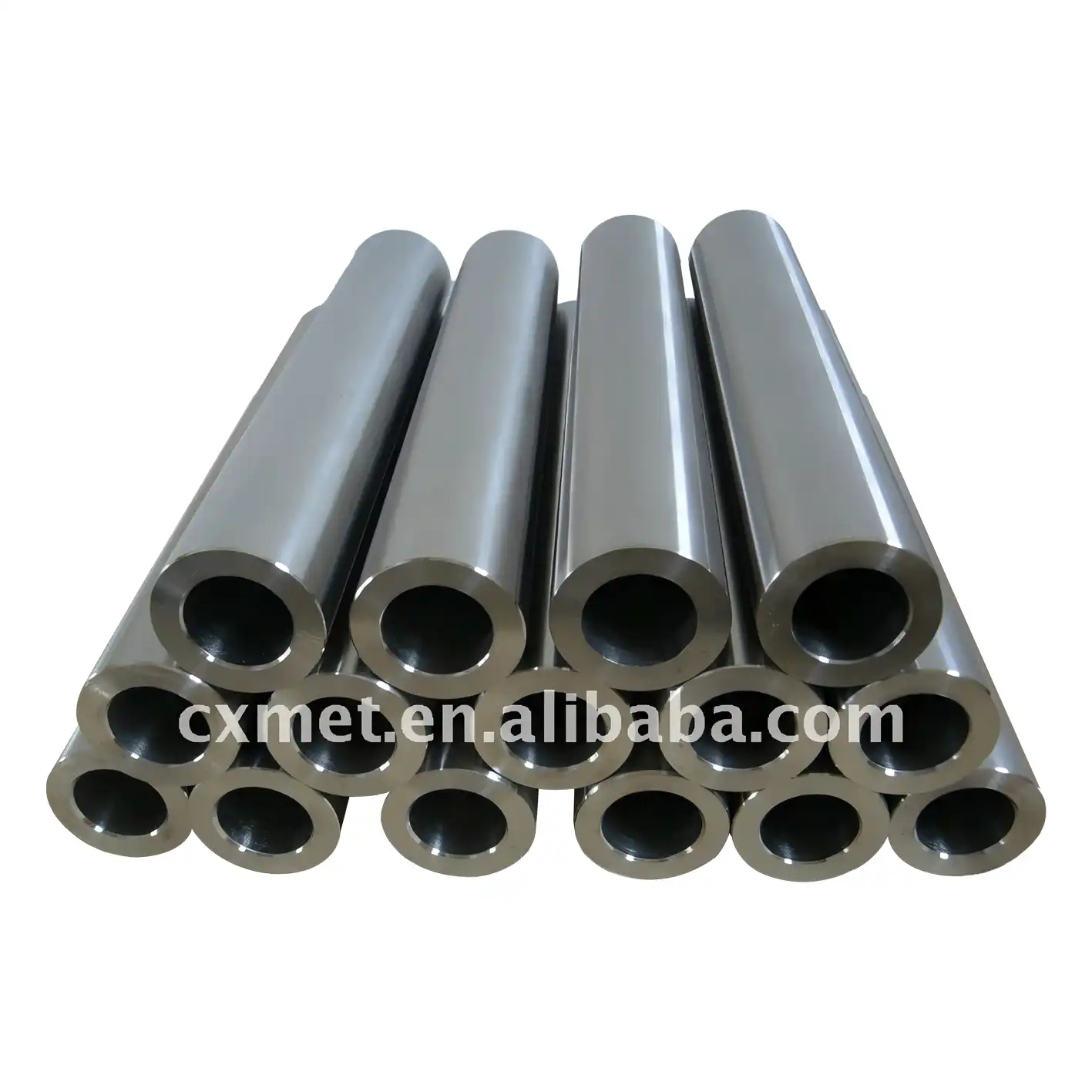
What are the different grades of titanium specified in ASTM B338?
ASTM B338 titanium tube covers several grades of titanium and titanium alloys, each with its unique chemical composition and properties. The main grades specified in this standard include:
- Grade 1: Commercially pure titanium with the highest purity and lowest strength
- Grade 2: Commercially pure titanium with slightly higher strength than Grade 1
- Grade 3: Commercially pure titanium with higher strength and oxygen content
- Grade 7: Similar to Grade 2 but with the addition of palladium for improved corrosion resistance
- Grade 9: Ti-3Al-2.5V alloy, offering higher strength than commercially pure grades
- Grade 11: Similar to Grade 1 but with the addition of palladium for improved corrosion resistance
- Grade 12: Ti-0.3Mo-0.8Ni alloy, offering improved strength and corrosion resistance
- Grade 16: Similar to Grade 2 but with the addition of palladium for improved corrosion resistance
Each grade has specific chemical composition requirements that determine its properties and suitability for various applications. For example, Grade 1 titanium is often used in applications requiring excellent formability and corrosion resistance, while Grade 9 is preferred for applications requiring higher strength and moderate formability.
The chemical composition of these grades is carefully controlled to ensure consistent performance and properties. For instance, the oxygen content is strictly limited in all grades, as it significantly affects the material's strength and ductility. Similarly, the iron content is controlled to maintain the desired corrosion resistance and mechanical properties.
How do the chemical composition requirements affect the properties of titanium tubes?
The chemical composition of titanium tubes plays a crucial role in determining their mechanical properties, corrosion resistance, and overall performance. Each element in the composition serves a specific purpose and influences the material's behavior in various ways:
- Oxygen: Increases strength but reduces ductility. Higher oxygen content is found in grades requiring greater strength, such as Grade 3.
- Iron: Improves strength but can negatively affect corrosion resistance if present in excess.
- Carbon: Increases strength and hardness but can form carbides that reduce ductility and toughness.
- Nitrogen: Increases strength but can form brittle nitrides if present in high concentrations.
- Hydrogen: Strictly limited in all grades due to its embrittling effect on titanium.
- Alloying elements (e.g., aluminum, vanadium, molybdenum): Added to specific grades to enhance strength, creep resistance, and other properties.
For example, Grade 9 (Ti-3Al-2.5V) contains aluminum and vanadium as alloying elements. The aluminum improves strength and reduces density, while vanadium enhances strength and maintains good formability. This combination results in a material with higher strength than commercially pure grades while still offering good fabricability.
The tight control of chemical composition ensures that titanium tubes meet the required mechanical properties, such as tensile strength, yield strength, and elongation. It also affects the material's behavior during welding, heat treatment, and other fabrication processes. For instance, the presence of certain elements can influence the material's phase transformation temperatures, which is critical for heat treatment operations.
Moreover, the chemical composition directly impacts the corrosion resistance of ASTM B338 titanium tube. Commercially pure grades (1, 2, and 3) offer excellent corrosion resistance in many environments due to their high purity and the formation of a stable, passive oxide layer. The addition of palladium in Grades 7, 11, and 16 further enhances corrosion resistance, particularly in reducing acid environments.
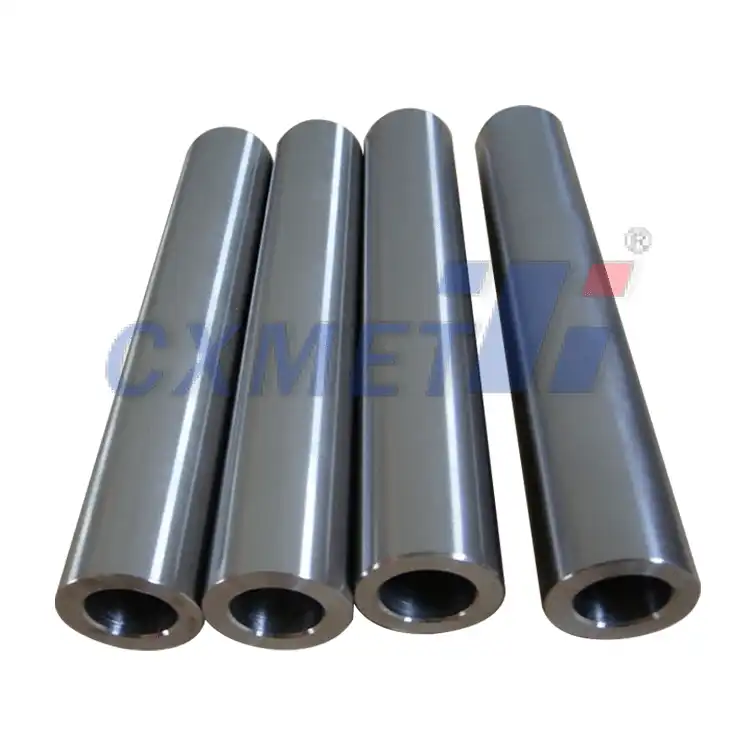
What testing methods are used to verify the chemical composition of titanium tubes?
Ensuring compliance with the chemical composition requirements specified in ASTM B338 titanium tube is crucial for maintaining the quality and performance of titanium tubes. Several testing methods are employed to verify the chemical composition accurately:
- Optical Emission Spectroscopy (OES): This is one of the most common methods used for analyzing the chemical composition of titanium and its alloys. OES can quickly determine the concentrations of multiple elements simultaneously.
- X-ray Fluorescence (XRF): XRF is a non-destructive testing method that can provide rapid analysis of elemental composition. It's particularly useful for detecting heavier elements.
- Inductively Coupled Plasma (ICP) Spectroscopy: ICP offers high sensitivity and precision for measuring trace elements in titanium alloys.
- Combustion Analysis: This method is specifically used for determining the carbon, sulfur, oxygen, and nitrogen content in titanium.
- Inert Gas Fusion: This technique is employed to measure the hydrogen content in titanium, which is critical due to hydrogen's embrittling effect.
These testing methods are typically performed on samples taken from the titanium tubes during production. The frequency of testing and the number of samples analyzed are often specified in the ASTM B338 standard or agreed upon between the manufacturer and the customer.
In addition to chemical composition testing, manufacturers also perform mechanical tests to verify that the material meets the required tensile strength, yield strength, and elongation properties. These mechanical properties are directly influenced by the chemical composition, so they serve as an indirect verification of the composition's correctness.
It's worth noting that many titanium tube manufacturers implement strict quality control processes that involve continuous monitoring of the chemical composition throughout the production process. This may include in-process testing and adjustments to ensure that the final product meets the specified requirements.
Furthermore, traceability is a crucial aspect of chemical composition verification. Manufacturers typically maintain detailed records of the chemical analysis results for each lot of titanium tubes produced. This information is often provided to customers in the form of material test reports or certificates of conformity, allowing end-users to verify that the tubes they receive meet the required specifications.
In conclusion, the chemical composition requirements for titanium tubes specified in ASTM B338 titanium tube are fundamental to ensuring the material's performance, reliability, and suitability for various applications. By understanding these requirements and the methods used to verify them, engineers and manufacturers can confidently select and use titanium tubes in critical applications across various industries.
At SHAANXI CXMET TECHNOLOGY CO., LTD, we take pride in our extensive product range, which caters to diverse customer needs. Our company is equipped with outstanding production and processing capabilities, ensuring the high quality and precision of our products. We are committed to innovation and continuously strive to develop new products, keeping us at the forefront of our industry. With leading technological development capabilities, we are able to adapt and evolve in a rapidly changing market. Furthermore, we offer customized solutions to meet the specific requirements of our clients. If you are interested in our products or wish to learn more about the intricate details of our offerings, please do not hesitate to contact us at sales@cxmet.com. Our team is always ready to assist you.
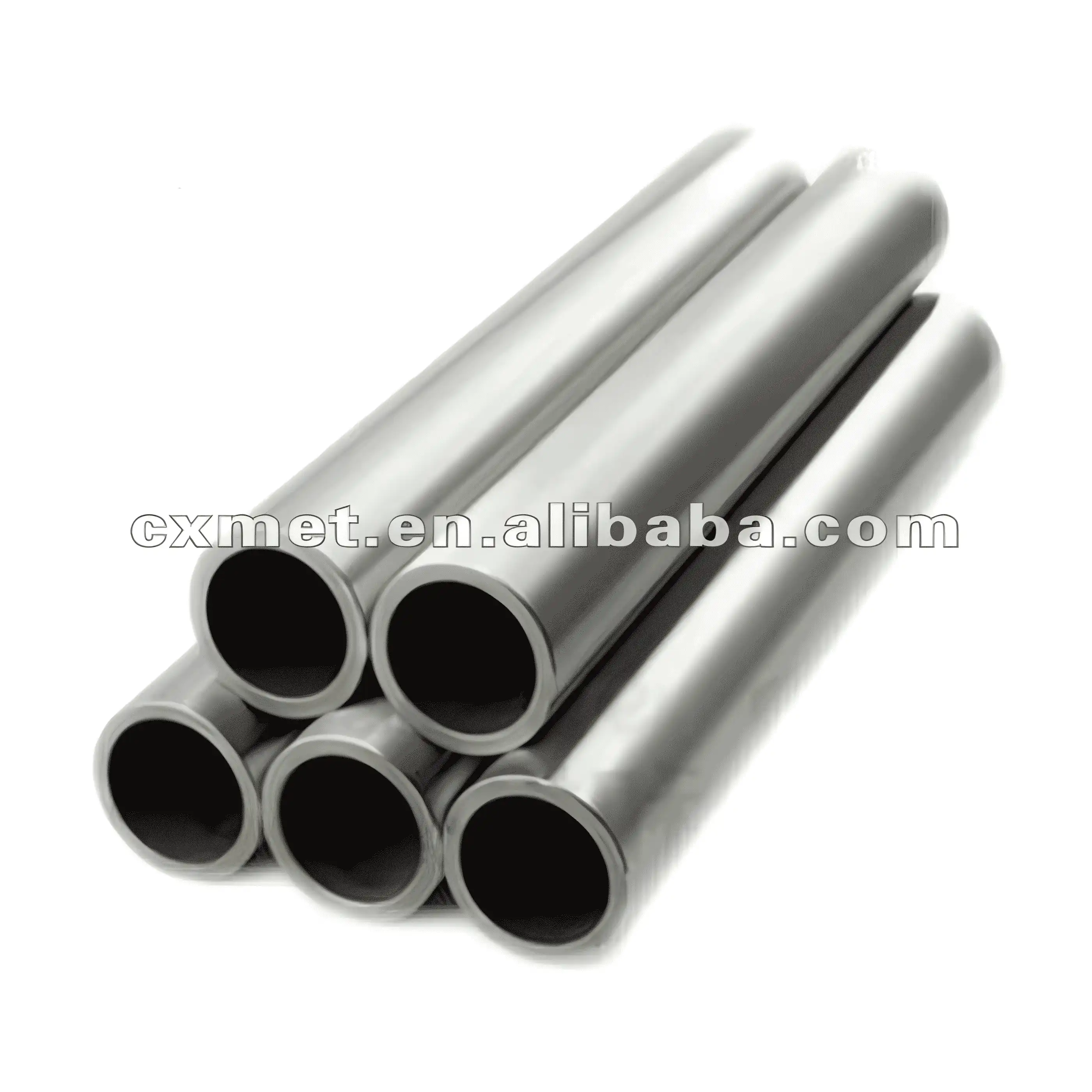
References
- ASTM International. (2021). ASTM B338-21 Standard Specification for Seamless and Welded Titanium and Titanium Alloy Tubes for Condensers and Heat Exchangers.
- Lutjering, G., & Williams, J. C. (2007). Titanium. Springer Science & Business Media.
- Boyer, R., Welsch, G., & Collings, E. W. (1994). Materials Properties Handbook: Titanium Alloys. ASM International.
- Donachie, M. J. (2000). Titanium: A Technical Guide. ASM International.
- Peters, M., Hemptenmacher, J., Kumpfert, J., & Leyens, C. (2003). Titanium and Titanium Alloys: Fundamentals and Applications. Wiley-VCH.
- Froes, F. H. (2015). Titanium: Physical Metallurgy, Processing, and Applications. ASM International.
- Leyens, C., & Peters, M. (2003). Titanium and Titanium Alloys. Wiley-VCH.
- Smallman, R. E., & Ngan, A. H. W. (2014). Modern Physical Metallurgy. Butterworth-Heinemann.
- Banerjee, D., & Williams, J. C. (2013). Perspectives on Titanium Science and Technology. Acta Materialia, 61(3), 844-879.
- Polmear, I., StJohn, D., Nie, J. F., & Qian, M. (2017). Light Alloys: Metallurgy of the Light Metals. Butterworth-Heinemann.
